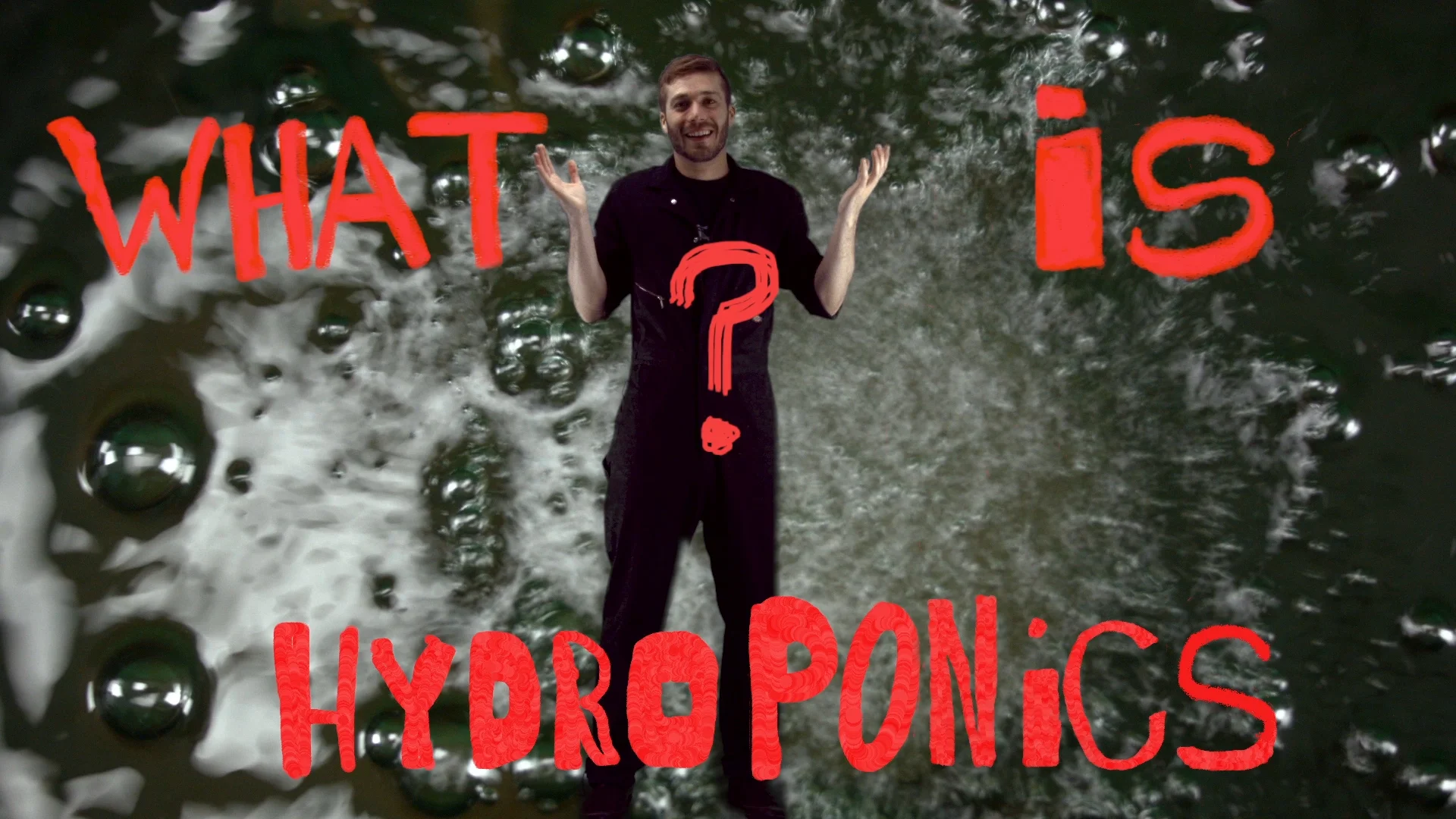What Is Hydroponics? -- Hydro History
Tyler Baras
IF YOU HAVE NOT SEEN THE ‘WHAT IS HYDROPONICS?’ VIDEO ABOVE, GIVE IT A LOOK-SEE THEN CHECK OUT THE BLOG POST BELOW TO LEARN MORE!
Hydroponic History
“Last week a new science was given a new name. Hydroponics, by its foremost U. S. practitioner, Dr. William Frederick Gericke of the University of California.”Time Magazine, March 3, 1937
Time wasn’t entirely accurate in their reporting. The roots of hydroponics actually reach back long before 1937, so it was not a “new” science even then. It is widely believed that the famous Hanging Gardens of Babylon employed hydroponic principles in 600 B.C., as did the ancient Aztecs of Mexico with their Chinampas –floating gardens—in the sixteenth century.
In the seventeenth century, a British politician, philosopher and scientist named Sir Francis Bacon experimented with soilless gardening; his results were published in his book Sylva Sylvarum, after his death in 1627. This was an era that is sometimes called the time of “New Learning,” during which scientific methods were being discovered and established. Sir Francis Bacon was among those credited with being a catalyst for this new approach, and his findings resulted in an upsurge in hydroponics research.
Another Brit, naturalist John Woodward, carried on with more extensive water culture experiments, publishing his findings in 1699. He discovered that water mixed with soil grew healthier mint plants than plain water did. Woodward was using the nutrients in the soil, without really knowing what they were or why they were helping the plants. Side note: average life expectancy in England at this time was 36 years!
In the mid-1800s, German botanists Julius von Sachs and Wilhelm Knop developed what is considered to be the first truly hydroponic approach to growing plants, a method known then as “solution culture,” but nowadays commonly referred to as Deep Water Culture.
Back to our friend at the University of California at Berkeley, Dr. William Frederick Gericke: he was, by the late 1920’s, growing enormous tomato plants via what he first termed “aquaculture.” As mentioned above, he later renamed this technique of growing plants without soil, “hydroponics,” the word combining the Greek words “hydro” (water) and “ponos” (labor). Instead of working the soil, the hydroponic gardener works (labors) the water.
Dennis Hoagland and Daniel Arnon, also scientists at Berkeley, were early developers of nutrient solution formulas, and in 1938 introduced the Hoagland solution, later modified by Arnon in 1950 and still in use today.
The onset of World War II brought with it large-scale commercial hydroponic gardens set up by the U.S. military in locations not suited to growing the tomatoes, peppers, cucumbers and beans that the troops enjoyed.
Modern-day hydroponics techniques are the result of continuing experimentation and refinement, and are finding new practitioners everywhere as word spreads about the many advantages of growing this way. Hydroponics can help with water conservation, land preservation, and can provide food for those living in inhospitable or polluted environments. It even allows an everyday apartment dweller to keep a supply of fresh and nutritious food on hand year round. Schools and non-profits are growing hydroponically—imagine being a school kid in Chicago in February and harvesting cucumbers!
Hydroponics is even opening up opportunities to grow in space with the international space station, where astronauts consumed hydro-lettuce in space in 2015, and perhaps it will someday be utilized on other planets! They’re even growing flowers in space with hydroponics! The University of Arizona’s Lunar Greenhouse project employs a prototype hydroponic growth chamber to explore the practical realities of growing fresh produce for astronauts: http://ag.arizona.edu/lunargreenhouse/
Thanks for your interest!
Below is the ‘What Is Hydroponics?’ video in Spanish 👍





